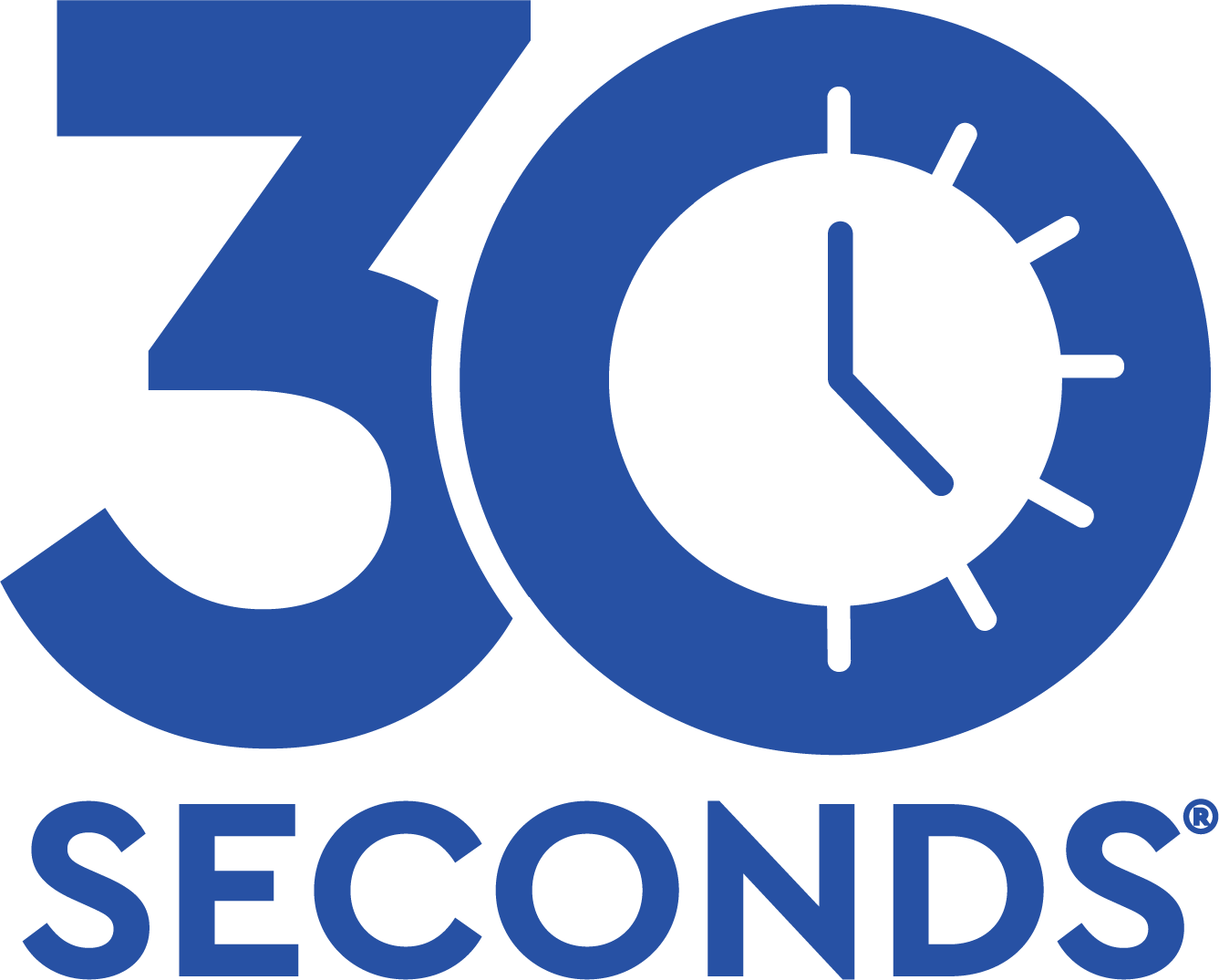Whether painting, staining or making repairs it's vital to start with a clean surface. This ensures proper adhesion and can prolong the life of your project. Here are 8 Tips to properly prep outdoor surfaces such as vinyl, stucco, brick, and natural or composite wood.
1) Don't Pressure Wash
While pressure washing often feels like a quick, easy way to blast a surface clean, it often does more harm than good. While incorrect pressure washing runs the risk of damaging surfaces, even proper pressure washing does not truly clean a surface. Dirt and grime are forced into the nooks and crannies, especially on porous surfaces. This can often result in faster return of Algae, Mold and Mildew — even after painting. Since these particles are still present on the surface, paints and stains are not able to properly adhere. This can result in cracked or peeling paint, quicker deterioration from exposure to the elements and even color shift.
Damaged surfaces should never be pressure washed as further damage could occur.
2) Do Thoroughly Clean the Surface Immediately Before your Project with the Proper Cleaner
It is important to start with as clean a surface as possible for a successful project. After cleaning, allow the surface to dry thoroughly. Once dry, simply follow the manufacturer's instructions to complete your project.




3) Do Use the Proper Cleaner for the Job
Consider the stains to be cleaned as well as the surface. Rust and oxidation need different cleaners that grease and oils. Organic stains such as Algae, Mold and Mildew will need a different cleaner as well. No one cleaner will properly cover all these issues. Be sure to properly rinse the surface between cleaning jobs. Never mix cleaners.
Do not use over time treatments that are made to sit on the surface. If a surface has been previously treated with an overtime product, wait for at least 2 weeks. Thoroughly clean the surface as usual prior to your project.


Consider the stains to be cleaned as well as the surface. Rust and oxidation need different cleaners that grease and oils. Organic stains such as Algae, Mold and Mildew will need a different cleaner as well. No one cleaner will properly cover all these issues. Be sure to properly rinse the surface between cleaning jobs. Never mix cleaners.
Do not use over time treatments that are made to sit on the surface. If a surface has been previously treated with an overtime product, wait for at least 2 weeks. Thoroughly clean the surface as usual prior to your project.
4) Do Consider the weather on Project Day
Of course, we all prefer to work on outdoor projects while the weather is nice.
Extreme temperatures, hot and cold, can affect projects. Most projects shouldn’t be performed on rainy days, and foggy, wet weather could also be problematic. Many paints shouldn’t be applied on days cooler than 55 degrees Fahrenheit unless otherwise indicated. Cleaning should be avoided when it’s too hot to avoid rapid evaporation. Be sure to read the labels completely on all products to assure that there are no other limitations.


5) Don’t Worry about Blotchy Appearances on Wood


While uncommon, some stains and sealers may look blotchy after cleaning. Several factors may contribute to this, such as improper cleaning at the time of staining or too much stain being used. Regardless of the cause, this is easily remedied by applying a fresh coat of stain or sealer to the wooden surface.
6) Do consider the Type of Surface
Porous surfaces will need extra cleaner and paint to cover the area. Consider the size of the surface and be sure to purchase enough products to cover the project. Running out halfway through can be expensive and result in a mismatched finished look.
7) Do Consider the Age of the Surface
Even the highest quality paints and stains have a life expectancy. Paints and stains will deteriorate even faster when exposed to extreme weather conditions such as temperatures, direct sunlight or moisture. Old paint can become powdery, respond poorly to cleaning and be difficult to achieve a true color match. While it's always smart to test any cleaners first, do not skip this step on older surfaces.




8) Don’t think All Manufacturers are the Same
Be sure to consider the manufacturer of the surface. For example, high-quality outdoor paints and stains are made to withstand the sun’s rays and are tested to be colorfast against the elements. Similarly, building materials may have been selected for affordability over longevity. This means that they may not stand up as well to the elements and some cleaners. It's important to always test each part of your project for best results prior to getting started.
When it comes to home repair projects, an ounce of prevention is worth a pound of cure.
Need help planning how to get prepared for your DIY project? Email us at Info@30SecondsCleaners.com for assistance.






















